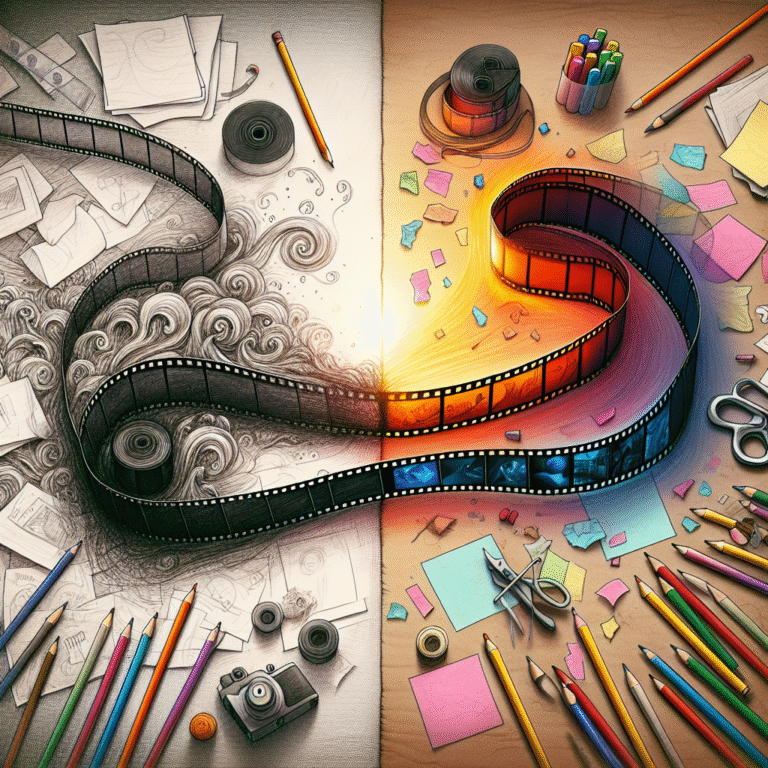The integration of artificial intelligence into filmmaking is transforming the creative landscape, offering unprecedented flexibility for creators to choose between rapid prototyping and meticulous, cinematic productions. In this deep dive, the article explores the significant trade-offs between creating an artificial intelligence-driven film in just 10 seconds compared to an exhaustive 10-hour workflow. In the 10-second workflow, creators rely on efficient text-to-video tools such as Google´s Veo 2 and Freepic, allowing them to generate basic video content instantly by submitting prompts. Additional elements like voiceovers are incorporated through platforms such as Eleven Labs, which synthesizes audio to complement quickly generated visuals. This approach is ideal for quick conceptual pitches or rapid industrial prototyping, delivering the essence of the idea without significant time or resource investments. However, it comes at a cost: these rapid methods often suffer from visual inconsistencies, lack of narrative richness, and minimal attention to detail in aspects like photorealism, character design, or scene continuity.
By contrast, the 10-hour workflow leverages advanced artificial intelligence tools such as Midjourney 7 for character generation, Runway for scene consistency, and specialized utilities like Kling V2 and Higgsfield AI for detailed motion rendering and sophisticated camera effects. These tools enable creators to build intricate scenes—complete with refined visuals, dynamic action sequences, and cinematic camera movements. The longer time span allows for expert-level retouching using Freepic Retouch, enhanced image details via Magnific Upscaling, and precise lip-synchronization for dialogue through tools like Dina’s Lip Sync. This comprehensive process supports the development of polished, immersive films rivaling traditional movies in both narrative depth and visual fidelity. Advanced workflows empower storytellers to experiment with cinematic techniques—such as whip pans and wide-angle shots—typically out of reach in rapid production scenarios.
The article also highlights the challenges intrinsic to artificial intelligence filmmaking, such as inconsistent character design and unreliable motion coherence, particularly in rapid workflows. Techniques like using negative prompts and strategic tool selection can address many common errors, while taking the time to refine outputs ensures a higher-quality final product. For both workflows, the careful combination of artificial intelligence tools—for visuals, audio, and post-production corrections—facilitates the creation of compelling films, offering creators a new realm of creative choice: speed for rapid iteration versus artistry for lasting cinematic impact. Understanding these trade-offs empowers content creators, filmmakers, and storytellers to harness artificial intelligence according to their unique project requirements and creative ambitions.

